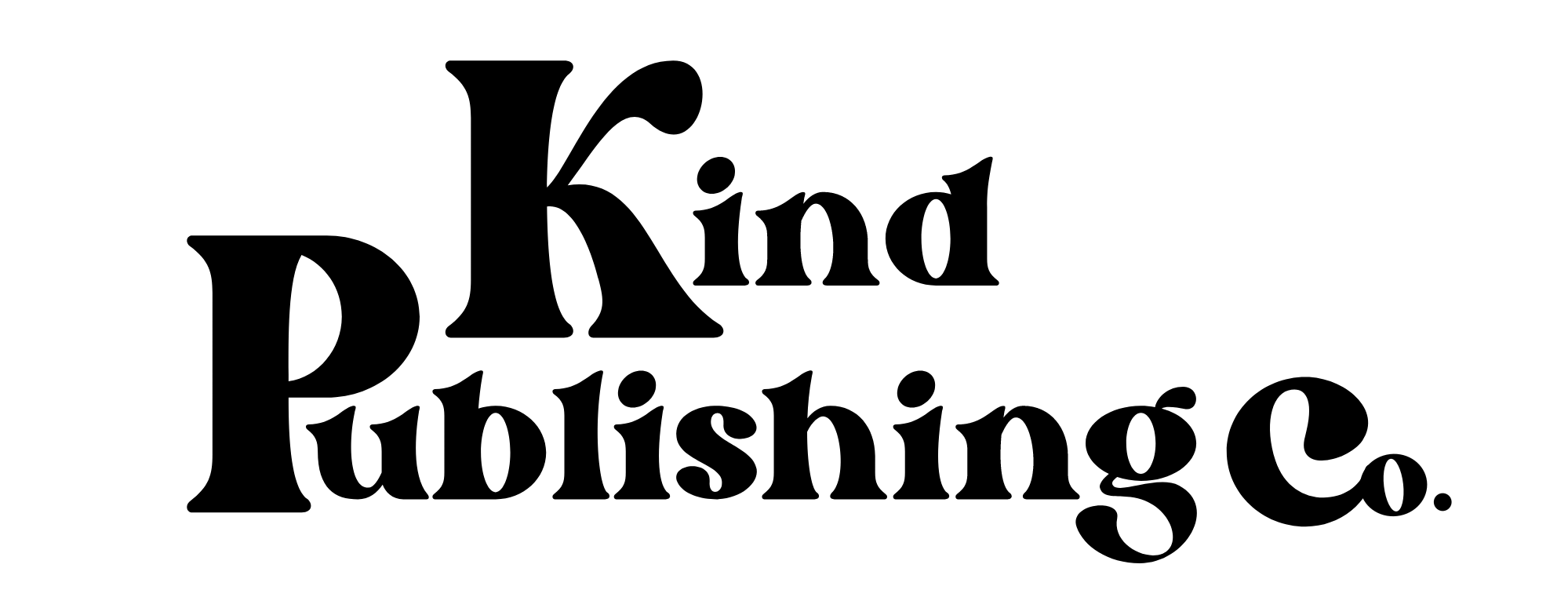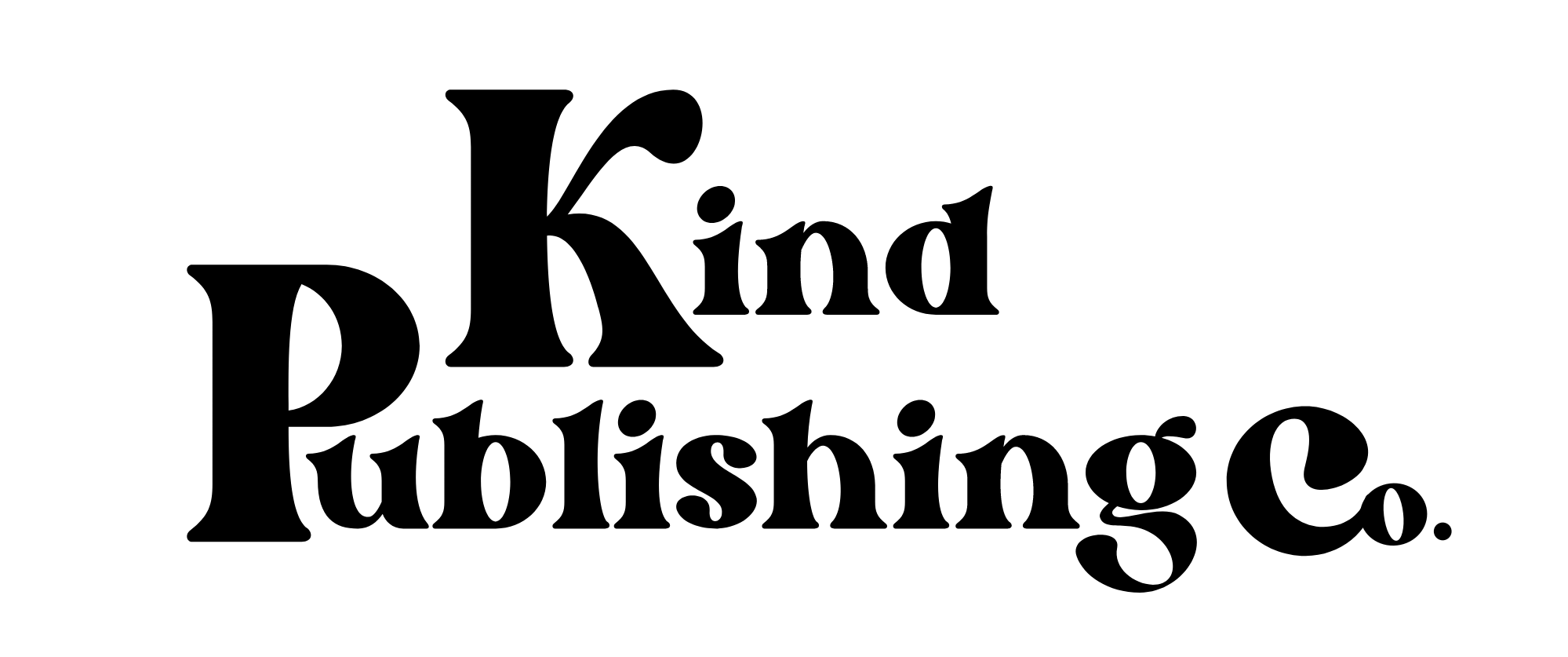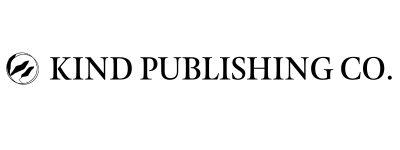How to Manage Cha-Cha-Changes
You and I…we are constantly changing and evolving.
My go-to phrase lately has been, “I was today-years-old when I learned ____.” Gosh, there’s so much to learn in this one life of ours, right?
Working on ourselves is part of the magic that ensues when we love ourselves through these ages and stages of change and evolution.
How You Have Changed and How You Will Change
Draw a timeline using right now as a reference and going back in time 5 years and forward in time 5 years. Mark pivotal moments in your life that have happened/mattered to you and those that will in the future. So, for the next 5 years portion of your timeline, manifestation will play a part; therefore, allow intuition and flow to fill in the details. Open yourself up to all of the possibilities that can and will be for you. Put them out there—even the big, bold ones!
What were your key takeaways and learnings with regard to how you’ve changed over the last 5 years?
What was a blessing?
Where were you resistant to it?
Any ah-ha moments there?
How to Respond to Change
Change requires adjustments. Sometimes these can be small things, like finding a new way to do something, or adding a new step to some of your daily routines. In other cases, you might find that change introduces significant disruptions to the way you live your life. This can create stress, angst and depression.
This doesn’t mean change is bad, but even good changes you are excited about can be stress-inducing. Things might not have been perfect before, but you may have been comfortable in that you knew what to expect so you weren’t caught off-guard.
Here are a few tips when it comes to responding to change:
Proper Preparation
Change often happens when you don’t expect it, so keeping your pulse on the future is beneficial. Think about upcoming events that may lead to changes or disruptions—for me right now it’s transitioning to a new job after 20 years.
Change the Narrative
The way you think about change plays a major role in determining how well you deal with it.
Reframing your thinking (aka shifting the narrative) is a technique that can help you look at situations with a more realistic, hopeful attitude. Instead of me bemoaning a big bill, I might tell myself that I am grateful to afford and benefit from a new kitchen sink.
Change and/or Maintain Routines
The routine that works for you depends on your own situation and needs. Think about the habits and activities that bring you comfort and peace (even if you are dealing with difficult or dramatic shifts in your life). For me, it most definitely starts with a glass of water and a cappuccino in the morning.
Support
Support can be a big part of helping you through change. It’s my go-to resource when I’m responding to change. Sometimes I need emotional support, other times tangible, and oftentimes I just need information to help me along. If it’s hard for you to ask for or accept support, just give it a try.
The only thing constant is change, and…the father of evolution Charles Darwin said it best.
“It is not the strongest of the species that survive, nor the most intelligent, but the one most responsive to change.”
- Physical Health
- Sep, 14, 2022


